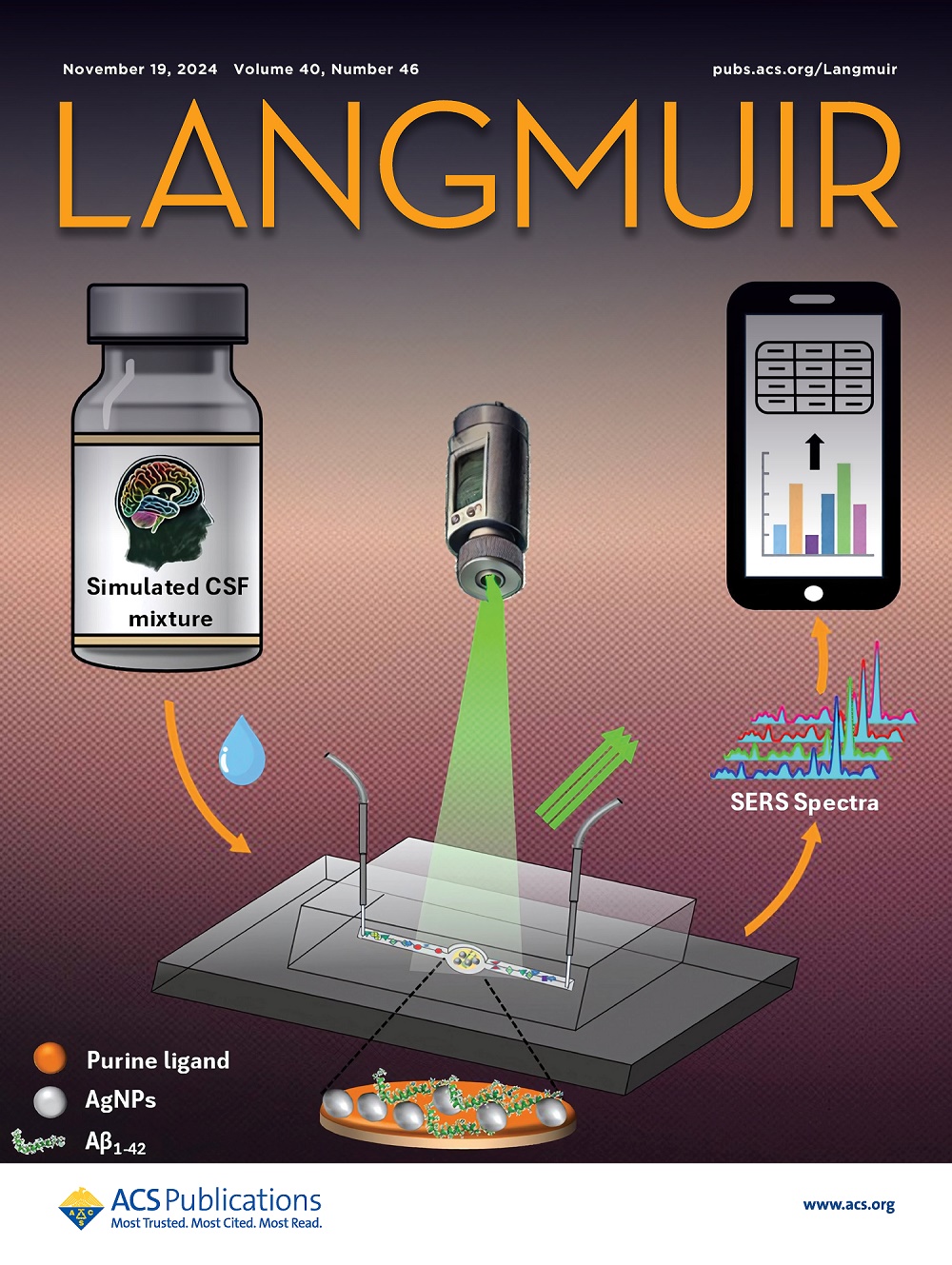生物质衍生碳点嵌入植物化学CdS量子点光催化CO2还原成HCOOH的实验与理论研究
IF 3.7
2区 化学
Q2 CHEMISTRY, MULTIDISCIPLINARY
引用次数: 0
摘要
光催化二氧化碳还原通过利用阳光将二氧化碳转化为有价值的化学物质,为应对气候变化提供了一条可持续的途径。本研究提出了将生物质衍生的碳点嵌入到基于植物化学的CdS量子点上,将二氧化碳还原为HCOOH的实验和理论见解。0D CDs/ CDs QDs(生物)复合材料具有丰富的硫空位和更负的导带,有效抑制CDs光腐蚀(SO42 -),同时增强CO2吸附和光电流响应。此外,它还降低了PL强度,增加了衰减时间,表明它增强了电荷分离,抑制了电荷复合。最优的0.4CDs/CdS QDs(生物)复合材料在保持结构和形态稳定性的同时,CO2对HCOOH生成率的降低效果显著,为439.51 μmol g-1 h-1(表观量子产率为3.81%)。密度泛函理论计算表明HCOO*是一个关键中间体,证实了HCOOH的形成优于CO,自由能变化为- 0.71 eV。本研究介绍了一种新型的生物基CdS量子点复合材料,该复合材料由生物质衍生的CdS修饰,为光催化CO2减少可持续燃料生产提供了机制见解。本文章由计算机程序翻译,如有差异,请以英文原文为准。

Experimental and Theoretical Studies on Photocatalytic CO2 Reduction to HCOOH by Biomass-Derived Carbon Dots Embedded Phytochemical-Based CdS Quantum Dots
Photocatalytic CO2 reduction provides a sustainable route to combat climate change by converting CO2 into valuable chemicals by using sunlight. This study presents both experimental and theoretical insights into the reduction of CO2 to HCOOH using biomass-derived carbon dots embedded onto phytochemical-based CdS quantum dots. The 0D CDs/CdS QDs(bio) composites exhibit rich sulfur vacancies and a more negative conduction band, effectively inhibiting CdS photocorrosion (SO42–) while enhancing the CO2 adsorption and photocurrent response. Additionally, it reduced PL intensity and increased decay time, suggesting the enhancement of charge separation and suppression of charge recombination. The optimal 0.4CDs/CdS QDs(bio) composite exhibited a remarkable CO2 reduction to HCOOH formation yield of 439.51 μmol g–1 h–1 (apparent quantum yield of 3.81%) while retaining its structural and morphological stability. Density functional theory calculations reveal HCOO* as a key intermediate, confirming the thermodynamic preference for HCOOH formation over CO with a free energy change of −0.71 eV. This study introduces a novel bio-based CdS QDs composite modified with biomass-derived CDs, providing mechanistic insights into photocatalytic CO2 reduction for sustainable fuel production.
求助全文
通过发布文献求助,成功后即可免费获取论文全文。
去求助
来源期刊

Langmuir
化学-材料科学:综合
CiteScore
6.50
自引率
10.30%
发文量
1464
审稿时长
2.1 months
期刊介绍:
Langmuir is an interdisciplinary journal publishing articles in the following subject categories:
Colloids: surfactants and self-assembly, dispersions, emulsions, foams
Interfaces: adsorption, reactions, films, forces
Biological Interfaces: biocolloids, biomolecular and biomimetic materials
Materials: nano- and mesostructured materials, polymers, gels, liquid crystals
Electrochemistry: interfacial charge transfer, charge transport, electrocatalysis, electrokinetic phenomena, bioelectrochemistry
Devices and Applications: sensors, fluidics, patterning, catalysis, photonic crystals
However, when high-impact, original work is submitted that does not fit within the above categories, decisions to accept or decline such papers will be based on one criteria: What Would Irving Do?
Langmuir ranks #2 in citations out of 136 journals in the category of Physical Chemistry with 113,157 total citations. The journal received an Impact Factor of 4.384*.
This journal is also indexed in the categories of Materials Science (ranked #1) and Multidisciplinary Chemistry (ranked #5).
 求助内容:
求助内容: 应助结果提醒方式:
应助结果提醒方式:


